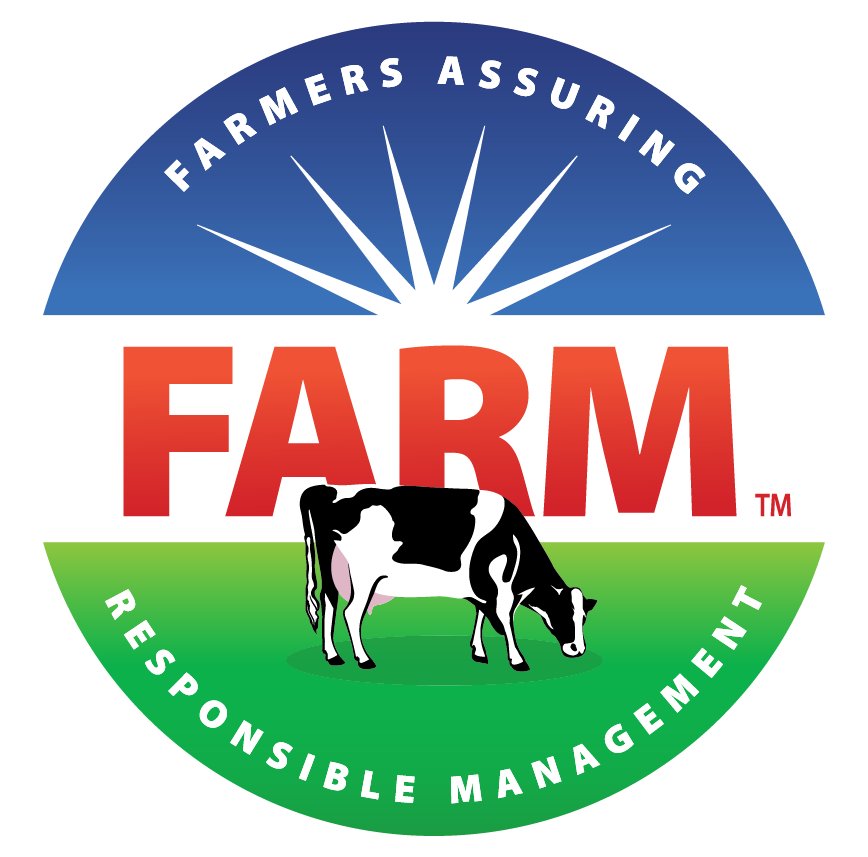WEBINAR DETAILS
November 3, 2016 | 5:00 pm EST | Watch Here
ABOUT THE WEBINAR
Providing the best care is especially important when a cow goes down due to illness, injury or weakness. Greg Crosley, DVM, is a practicing veterinarian and expert in training dairy employees to understand, assess, properly transport and care for down cows. This webinar will help you develop the skills and a protocol for responding to a down cow emergency.
ABOUT THE PRESENTER

Greg Crosley, D.V.M.
Countryside Veterinary Service
Cement City, Michigan
Dr. Greg Crosley is one of the founding partners of Countryside Veterinary Service in Cement City, Michigan. He graduated from Purdue University in 1979 and joined the Countryside practice in 1981.
Dr. Crosley has developed skills in ultrasonography, surgery, and sick and lame cow diagnosis and treatment. He has studied Spanish since 2000 and has been teaching Hispanic herdsman classes since 2005.
Q & A WITH DR. CROSBY
Why is the topic of non-ambulatory cattle important to the dairy industry?
Down cows present both economic and animal well-being challenges to dairy farmers. Statistically, cows that are unable to rise in 24 hours have a less than one percent chance of ever standing on their own again. It is serious and imperative that we do what we can to help the cow rise and when possible, recover.
How can proper handling of non-ambulatory cattle make a difference within the greater dairy industry?
Proper care of non-ambulatory animals is an extension of an attitude of care toward all the animals. If we can take steps to prevent down cows, while handling those we cannot prevent with a caring and compassionate attitude, our consumers will have greater confidence in the manner in which we produce a quality product.
Why should dairy producers care about the handling of down cattle?
It is our obligation as animal caretakers to do our best to alleviate pain, suffering and perhaps frustration from the animals under our care. Beyond the economic catastrophe a non-recovering down cow represents, there is the future marketing of the dairy product at stake, if consumers aren’t confident in the animal care we provide. Also, as labor becomes scarce, workers will choose farms which demonstrate better values toward employees and animals.
Why is proper training important for dairy operations to implement?
Three people are required to move a cow that is down, and they need to be trained to know what to do, and how and when to do it. Even though most farm workers have an innate sense of care for the animals they work with daily, sometimes they don’t understand the dangers to cows and themselves from improper handling of down cows. Quality care in this area of cow handling involves the use of equipment, which is potentially dangerous to cows and people, making proper training important.
What do you feel is the most important factor that leads to sound handling of non-ambulatory cattle on dairy farms?
I believe treating down cows on hard surfaces as an emergency is the single most important factor which will allow the most cows their best chance to recover. It would also signify that farm management considers the care of down cows to be vital as part of their cow care program.
What is the most common mistake dairy producers/employees make related to non-ambulatory cattle handling?
It is common to allow the pressure of other obligations to prevent workers from attending to down cows in a timely manner. The realization that every minute a cow is down on concrete reduces her chances of recovery is often a surprise to people who spend large portions of every day around cows.
How will FARM help industry stakeholders raise the bar for handling of non-ambulatory cattle?
I applaud FARM for bringing awareness to dairy workers in the area of animal care and residue avoidance. Without question, thinking individuals will desire to follow the guidelines established. Training, both corporate and individual, will reinforce the message to farm workers, and in my opinion, give them a reason to do what they know in their hearts is right.
This webinar is part the of the Merck Dairy C.A.R.E & FARM Animal Care Webinar series. You can view the FAQs and full schedule here.

 unlike humans, there is no verbal communication available to express expectations. Cow communication begins with understanding the cows’ flight zone, or personal space. Each animal’s flight zone is different but by understanding where and how to engage the zone and points of balance, the animal will move where and how you would like for them to with only minimal verbal communication.
unlike humans, there is no verbal communication available to express expectations. Cow communication begins with understanding the cows’ flight zone, or personal space. Each animal’s flight zone is different but by understanding where and how to engage the zone and points of balance, the animal will move where and how you would like for them to with only minimal verbal communication.